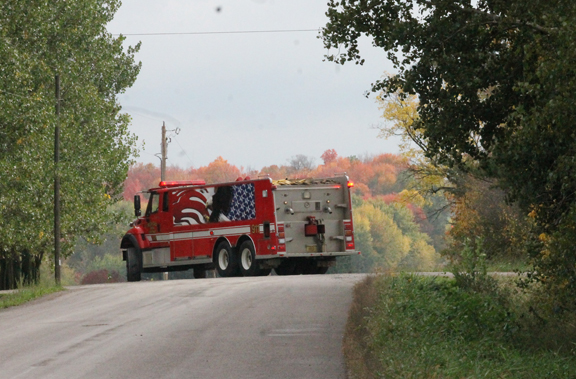Enhancing ozone monitoring across Wisconsin
Mobile laboratories, Raspberry Pi micro-computers, vertical air column monitoring and exploring the use of new, cutting edge techniques for potential monitoring sites, are all part of the Wisconsin DNR Air Program staff’s exciting role using fundamental scientific principles, innovation and creativity, to tackle the long-standing ground level ozone problem.
As a nationally recognized leader in air quality monitoring, Wisconsin is paving the way for new monitoring techniques and tools, and people are watching.
What is ozone? The ozone that naturally forms in the earth’s upper atmosphere and protects earth from the sun’s harmful UV rays, is the same chemical compound that forms at ground level. However, ground level ozone can have an adverse impact on human health.
Ground level ozone is not directly emitted, but forms through photochemical reactions in the atmosphere between other pollutants like volatile organic compounds (VOCs) and oxides of nitrogen (NOx). These pollutants are known as “ozone precursors” and are mainly emitted from sources that burn fossil fuels, like coal, gas or diesel.
The DNR monitors for ground level ozone at 30 stationary air quality monitors throughout the state, from spring through fall.
The U.S. Environmental Protection Agency (EPA), through federal rules outlined in the Clean Air Act, requires Wisconsin to have an enhanced ozone monitoring plan, that makes use of more advanced technology and goes beyond basic requirements for other less impacted locations.
Wisconsin’s Enhanced Ozone Monitoring (EOM) plan, consists of using specialized equipment designed to provide data to help DNR experts understand the unique chemistry behind ozone development that impacts Wisconsin. The federal requirements of EOM plans are flexible, allowing states to determine what monitoring would be most useful to inform regulatory strategies, aimed at addressing ozone pollution.
Data gathered during the 2020 ozone season, will also be used to study the impact COVID-19 “Safer at Home” orders have had on air quality. The DNR has partnered with Brad Pierce, director of the Space Science and Engineering Center at the University of Wisconsin-Madison, to study the impacts.
“The unique changes in nitrogen oxide emissions throughout the region associated with the Safer at Home mandates, may have been the result of significant reductions in automobile traffic, beginning in mid-March, 2020,” said Pierce.
The DNR Air Program offers a free mobile app for the public to stay informed, even while out enjoying Wisconsin. Users can download the WisconsinAQM app to receive air quality updates from anywhere, using their mobile device.
The app includes an interactive map of near real-time data from the state’s air monitoring network, individual monitoring station reports, weather information and more.



